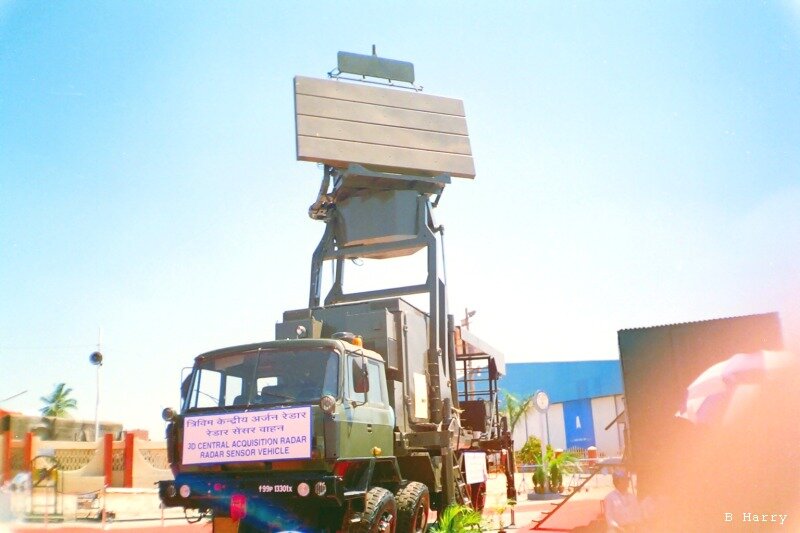India develops radar to locate weapons
http://www.newkerala.com/news-daily/news/features.php?action=fullnews&id=46920
http://in.rediff.com/news/2004/dec/09jammer.htm
Wow this is Interesting,DRDO is making some good Electronic warfare Systems.Tarang RWR was a also a good Electonic system developed by DRDO for Su-30MKI.
Recently India tried to buy US Artillery locating RADAR's,though they are developing a indigenous one.
Actually what is the importance of this weapon Locating RADAR in the modern Battlefield .I mean is it possible to deploy them fastly in Rapid Military operations?
Did US use them in Iraq or in some other place?
I read somewhere about Samyukta Electronic Warfare system developed by DRDO.
http://www.newkerala.com/news-daily/news/features.php?action=fullnews&id=46920
DRDO develops indigenous jammer[India News]: New Delhi, Dec 9 : India has developed a weapon-locating radar (WLR) similar to the AN/TPQ-37 of the US at a cost of Rs.260 million ($49 million), Defence Minister Pranab Mukherjee told the Lok Sabha Thursday.
The sytem was jointly developed by the Defence Research and Development Organisation (DRDO) and the public sector Bharat Electronics Ltd., he said in response to a question.
Bharat Electronics had also developed a jammer to contain remote triggered explosions, like those set off by terrorist groups against security forces, at a cost of Rs.14 million, Mukherjee added.
The government was not contemplating to make the technology available to other countries, he added.
http://in.rediff.com/news/2004/dec/09jammer.htm
Wow this is Interesting,DRDO is making some good Electronic warfare Systems.Tarang RWR was a also a good Electonic system developed by DRDO for Su-30MKI.
Recently India tried to buy US Artillery locating RADAR's,though they are developing a indigenous one.
Actually what is the importance of this weapon Locating RADAR in the modern Battlefield .I mean is it possible to deploy them fastly in Rapid Military operations?
Did US use them in Iraq or in some other place?
I read somewhere about Samyukta Electronic Warfare system developed by DRDO.



